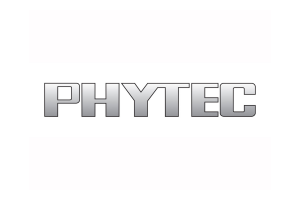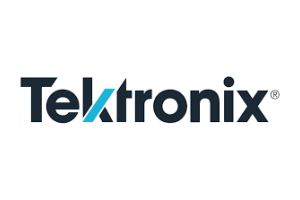Open Source Hardware – RISC-V
We will have 62.4 billion RISC-V CPU cores running by 2025
With more than 500 RISC-V Foundation members in 28 countries around the world, RISC-V is visibly disrupting global innovation.
We are witnessing an incredible transformation in CPU design as the industry embraces open software and silicon. After the RISC-V ISA emerged from the computer labs at UC Berkeley in California, interest in RISC-V has skyrocketed with commercial implementations and adoption rapidly growing. It has been phenomenal to witness how RISC-V has fostered industry-wide collaboration to solve tomorrow’s design needs.
Many RISC-V enthusiasts in the industry and academia, whether in the U.S., Europe, or Asia, are actively involved in developing an extensive range of RISC-V applications, which leads to a flourishing RISC-V ecosystem. We have:
- Western Digital, NVIDIA, Google and Facebook in North America,
- EPI Initiative and Thales in Europe, and
- Alibaba, Andes Technology and Shakti processors in Asia.
As I’ve been traveling across the globe to promote the benefits of RISC-V at events and meet with our member companies, the level of commitment to drive the mainstream adoption of RISC-V is like nothing I’ve seen before. It’s exhilarating to witness our community collaborate across industries and geographies with the shared goal of accelerating the RISC-V ecosystem.
Throughout my career, I’ve been proud to be part of a number of open source initiatives to drive tech innovation forward and foster industry-wide collaboration. Since there is a growing demand of custom processors purpose-built to meet specific applications, RISC-V supported the first wave of adoption represented through microcontrollers for memory, artificial intelligence, machine learning, the Internet of Things, embedded computing and low power consumer devices.
Western Digital’s RISC-V-based SwerRV Core family and NVIDIA’s GPUs are examples of strong RISC-V implementations that support the thriving ecosystem. With healthy competition on solutions, RISC-V adopters will benefit tremendously from the innovations and flexibility of RISC-V. The future for RISC V is being shaped within the community driven ecosystem.
As we enter into 2020, we look forward to seeing many new types of RISC-V implementations including scale-out data centers, cloud computing applications, automotive applications, high performance computing applications and much more.
The RISC-V ecosystem is poised to significantly grow over the next five years. Semico Research predicted that the market will consume a total of 62.4 billion RISC-V central processing unit (CPU) cores by 2025 [1], with the industrial sector forecasted to be the largest segment with 16.7 billion cores.
We also expect to see a variety of companies using RISC-V from large companies to small start-ups, with more than 100 of our current members companies having less than 500 employees. As the ecosystem continues to grow, I’m excited to see how our members expand the possibilities for open source implementation.
Literature
[1] RISC-V Market Analysis: The New Kid on the Block. Semico Research, Study No. CC315-19, November 2019, https://semico.com/content/risc-v-market-analysis-new-kid-block.
The Author

Calista Redmond
is the CEO of the RISC-V Foundation with a mission to expand and engage RISC-V stakeholders, compel industry adoption, and increase visibility and opportunity for RISC-V within and beyond the Foundation.
Prior to the RISC-V Foundation, Calista held a variety of roles at IBM, including Vice President of IBM Z Ecosystem where she led strategic relationships. Calista’s background includes building and leading strategic business models within IBM’s Systems Group through open source initiatives including OpenPOWER, OpenDaylight, and Open Mainframe Project. Prior to IBM, she was an entrepreneur in four successful start-ups in the IT industry.





